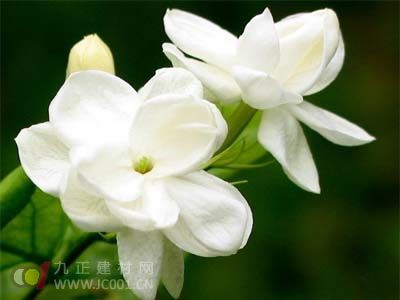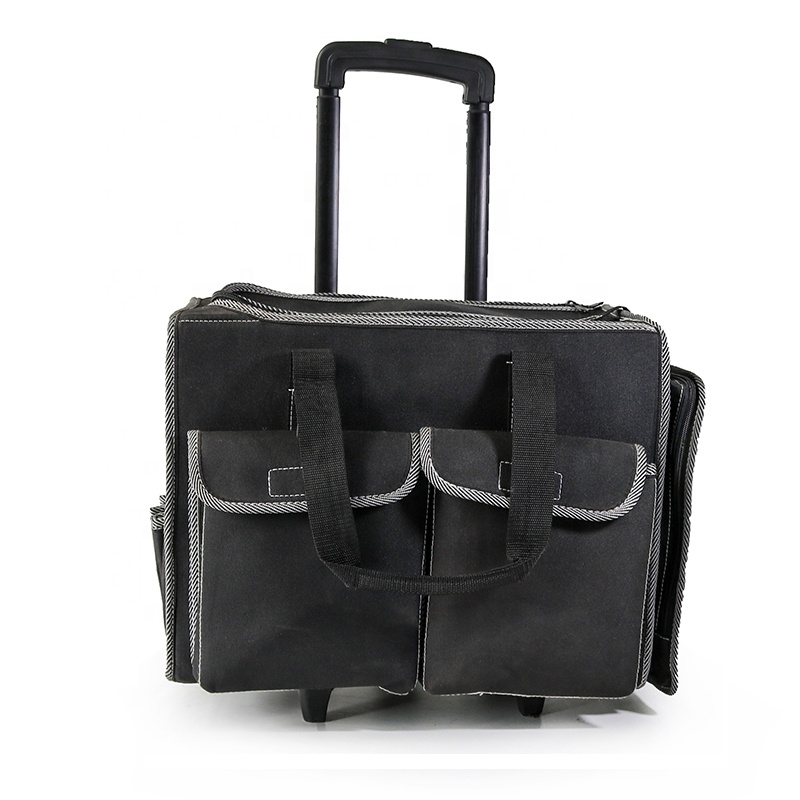Introduction to Jasmine Potted Plants and Care Methods: Jasmine potted plants thrive in soil rich in organic matter, with good drainage and aeration. A common mix includes 4 parts garden soil, 4 parts compost, 2 parts river sand or ash, along with fully decomposed manure and chicken or duck droppings. The mixture should be sifted to remove large particles and fine dust, and then topped with coarse grains. The best time to repot is from April to May, just before new shoots begin to grow. Choose a pot that matches the size of the plant. When planting, fill the pot halfway with soil, place the plant, and gently lift it while shaking the pot to ensure the roots are well covered. Once all the roots are covered, press the soil gently so that the surface is about 2 cm below the rim of the pot for easy watering. After planting, water the roots thoroughly and place the plant in a shaded area for 7-10 days, avoiding direct sunlight. Gradually introduce it to light as it adjusts. Watering is crucial for daily care—keep the soil moist but not soggy, as jasmine does not tolerate drought or waterlogging. Ensure good ventilation and control the amount and timing of watering. With proper care, jasmine can bloom from June to July. It's recommended to repot jasmine annually. During repotting, remove some old soil and dead roots, replace with fresh soil, and improve the soil structure and nutrients. This helps the plant grow better. Trim the branches before repotting, leaving only about 10 cm of last year’s growth, and remove any dead, thin, or overcrowded branches. Throughout the growing season, regularly remove dense leaves to encourage the growth of axillary buds and more flowering stems. In spring (April-May), jasmine grows new leaves, and water needs are relatively low—water every 2–3 days, preferably around noon. During the flowering period in May-June, increase watering slightly. In summer (June-August), when temperatures rise, jasmine grows quickly, and evaporation increases. Water twice a day, morning and evening, and mist the leaves and surrounding area during dry spells. Jasmine doesn’t like drought, so make sure to drain excess water after rainy days. In autumn, reduce watering to once every 1–2 days, and in winter, keep it minimal to avoid overwatering, which can harm the plant during dormancy. Jasmine benefits from regular fertilization, especially during long blooming periods. It prefers acidic soil and can be fertilized once a week with a 1:10 diluted solution. After the first bloom, apply bean cake as a top dressing, and add bone meal and phosphate fertilizer during flowering. If available, use well-composted human waste to enhance flower quality. In hot weather, fertilize every four days. Fertilize in the evening and water the next day to help the roots absorb nutrients better. Avoid over-fertilizing, as this may cause root rot. Always loosen the soil before applying fertilizer and never fertilize when the soil is too dry or wet. To maintain a full and attractive shape, prune spent flowers after blooming to encourage new growth and control height. Stop fertilizing in early September to harden off the branches for winter. When temperatures drop to 6–7°C, move jasmine indoors, ensuring good ventilation to prevent yellowing leaves. Keep the room temperature above 5°C, and water once every seven days to keep the soil slightly moist. This helps the plant stay healthy and retains its ornamental value throughout winter.
Tool bag with wheels is a portable and convenient storage solution for tools and equipment. It typically features a large main compartment, multiple pockets, and a sturdy handle for pulling the bag along on its wheels.
Some popular features of tool bags with wheels include:
Tool Bag With Wheels,Tool Rucksack With Wheels,Tool Backpack With Wheels,Small Rolling Tool Bag ZHANGJIAGANG CITY XIANGLE TOOL CO., LTD. , https://www.xiangletoolbag.com

Introduction of jasmine pot planting and management methods